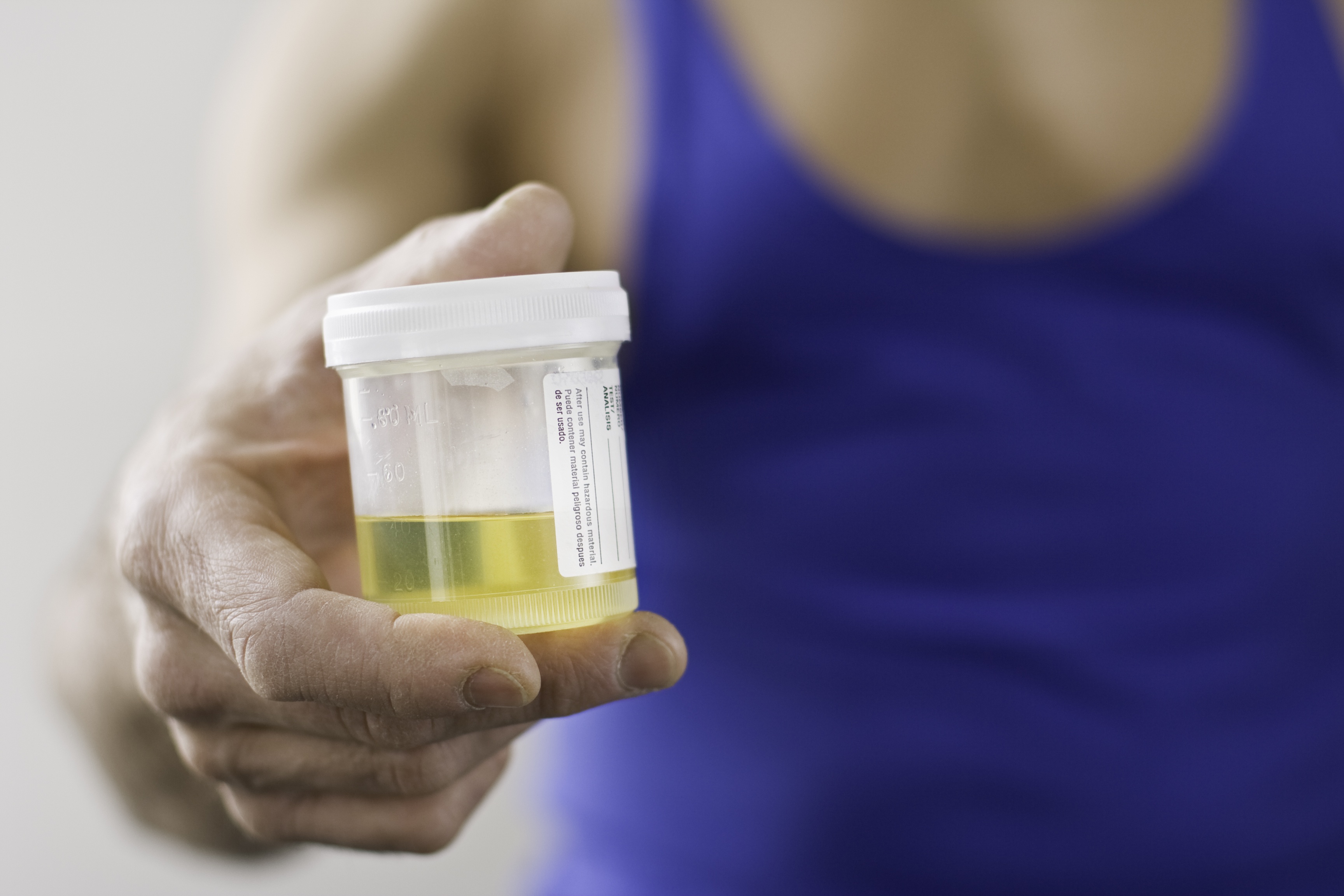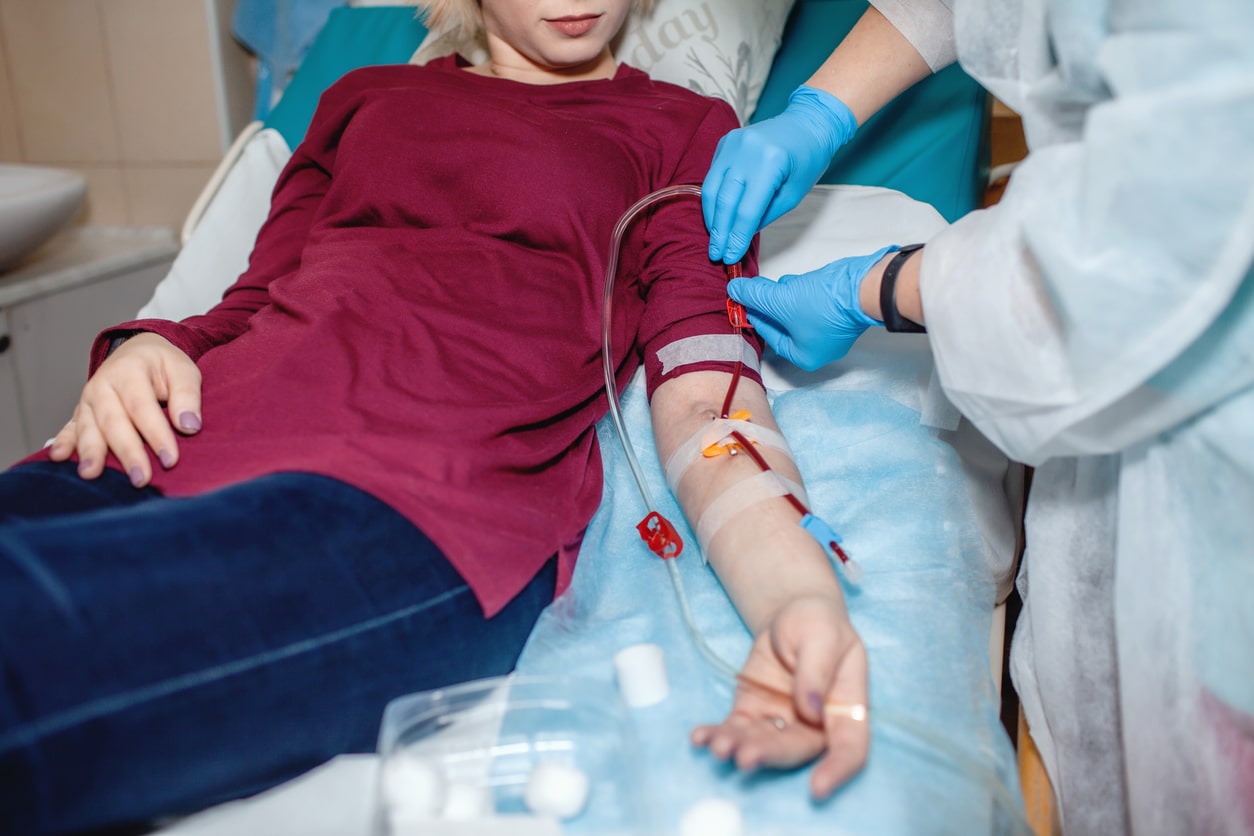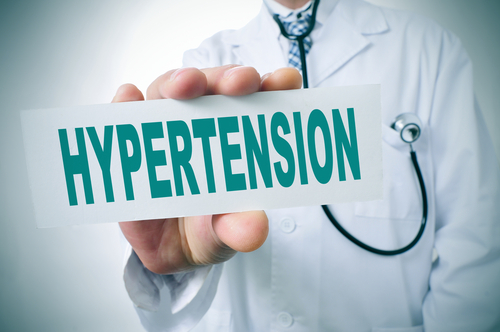
Acute kidney injury (AKI) occurs in 5% to 10% of all hospital admissions and in up to 30% of hospital admissions for cardiac surgery. There are independent associations between longer duration of AKI and greater severity of AKI and increased mortality. After the initial injury, recovery or progression of kidney disease is guided by biologic processes; some processes lead to adaptive repair and regeneration of tubules, other lead to maladaptive repair and fibrosis, resulting in replacement of the kidney interstitium with connective tissue.
Angiogenesis, the process of formation of new blood vessels, is thought to be a critical mechanism that determines kidney recovery following AKI. Preclinical models of AKI have shown that enhanced angiogenesis preserves peritubular capillaries, attenuates tubulointerstitial fibrosis, and restores kidney function after injury. However, the process of angiogenesis has not been well described in AKI in humans.
Sherry G. Mansour, DO, and colleagues recently conducted an ancillary study of TRIBE-AKI (Translational Research Investigating Biomarker Endpoints for Acute Kidney Injury) data to examine the association of angiogenic growth factors with the development and duration of AKI and 1-year mortality after cardiac surgery. Results of the prospective cohort ancillary study were reported in the American Journal of Kidney Diseases [2019;74(1):36-46].
The researchers measured plasma levels of three angiogenic markers: vascular endothelial growth factor A (VEGF), placental growth factor (PGF), and soluble VEGF receptor 1 (VEGFR1). The markers were measured prior to and within 6 hours after surgery.
A total of 1444 adults in the TRIBE-AKI cohort underwent cardiac surgery. Of those 1444 patients, mean age was 72 years and 69% were men. Eighty-four percent of the surgeries were elective and mean preoperative estimated glomerular filtration rate was 68 mL/min/1.73 m2. Serum creatinine-based AKI developed in 34% of the patients (n=492). Patients reached the definition of AKI a median of 2 days following cardiac surgery; of the patients with AKI, 8% (n=41) had a long duration of AKI, defined as ≥7 days. Six percent (n=81) of the patients died after 1 year of follow-up.
Each angiogenic marker had a distinct trajectory following cardiac surgery. On postoperative day 1, there was a 2-fold decrease in VEGF concentrations; on day 2, the levels neared those of the preoperative period. Concentrations of PGF increased 1.5-fold on day 1 and remained elevated to a similar extent on day 2. On day 1, VEGFR1 concentrations increased 8 fold and decreased to a 2-fold increase relative to preoperative levels on day 2.
Concentrations of the proangiogenic markers (VEGF and PGF) were lower in participants who developed adverse outcomes of AKI than in those who did not develop adverse outcomes, long duration of AKI, and mortality. While, on average, VEGF concentrations decreased following surgery, VEGF levels declined to a larger extent among participants who developed adverse outcomes compared with those who did not. Conversely, those with adverse outcomes had higher postoperative concentrations of the antiangiogenic marker VEGFR1 versus those who did not develop adverse outcomes.
Following multivariable regression analysis, there was an independent association between higher postoperative VEGF concentrations and lower odds for adverse outcomes (adjusted odds ratio [aOR], 0.89; 95% confidence interval [CI], 0.82-0.98 for AKI; aOR, 0.65; 95% CI, 0.49-0.87 for long AKI duration; and aOR, 0.74; 95% CI, 0.62-0.89, for mortality). There was also an independent association between postoperative concentrations of PGF and lower risk for adverse outcomes with 31% lower odds of AKI, 52% lower odds of long duration of AKI, and 54% lower odds of mortality. There was an independent association between higher postoperative concentrations of VEGFR1 and higher odds for each outcome (aOR, 1.56; 95% CI, 1.31-1.87 for AKI; aOR, 1.75; 95% CI, 1.09-2.82 for long AKI duration; and aOR, 2.28; 95% CI, 1.61-3.22 for mortality).
There were no associations between VEGFR1 and PGF and any of the outcomes preoperatively. There was a weak association between preoperative VEGF concentrations and the development of postoperative AKI. When marker levels were examined in tertiles for all outcomes, results were similar.
The areas under the curve (AUCs) of the combination of the three postoperative angiogenic markers outperformed those of the individual postoperative markers for the outcomes of AKI, long duration of AKI, and mortality. When added to the clinical model, the combined postoperative angiogenesis marker panel significantly improved the AUCs for AKI to 0.72 (95% CI, 0.69-0.75), for long duration of AKI to 0.88 (95% CI, 0.84-0.92), and for all-cause 1-year mortality to 0.74 (95% CI, 0.69-0.80). The changes in AUCs between the clinical model and the clinical plus combined angiogenesis panel were statistically significant for all outcomes.
Limitations to the findings cited by the authors included not measuring angiogenesis markers following hospital discharge, including only cardiac surgery patients in the cohort that may have limited the generalizability of the findings, and the possibility of unmeasured confounding related to inflammatory and postsurgical responses.
The researchers said, “In conclusion, we have demonstrated that growth factors involved in angiogenesis are associated with AKI, long AKI duration, and mortality after cardiac surgery. We found that higher postoperative levels of the proangiogenic growth factors VEGF and PGF are independently associated with shorter duration of kidney injury and decreased mortality, whereas higher postoperative levels of the antiangiogenic mediator VEGFR1 are independently associated with longer kidney injury and increased mortality. Further studies are needed to both validate our findings and assess generalizability in noncardiac surgery settings.”
Takeaway Points
- Researchers conducted a prospective cohort analysis to examine the association of three angiogenesis markers (vascular endothelial growth factor A [VEGF)] placental growth factor [PGF], and soluble VEGF receptor 1 [VEGFR1]) with acute kidney injury (AKI) after cardiac surgery.
- There was an independent association between higher postoperative levels of VEGF and PGF concentration and lower odds of AKI, long duration of AKI, and mortality.
- There was also an independent association between higher levels of VEGFR1 postoperative concentrations and higher odds of AKI, long duration of AKI, and mortality.







 © 2025 Mashup Media, LLC, a Formedics Property. All Rights Reserved.
© 2025 Mashup Media, LLC, a Formedics Property. All Rights Reserved.